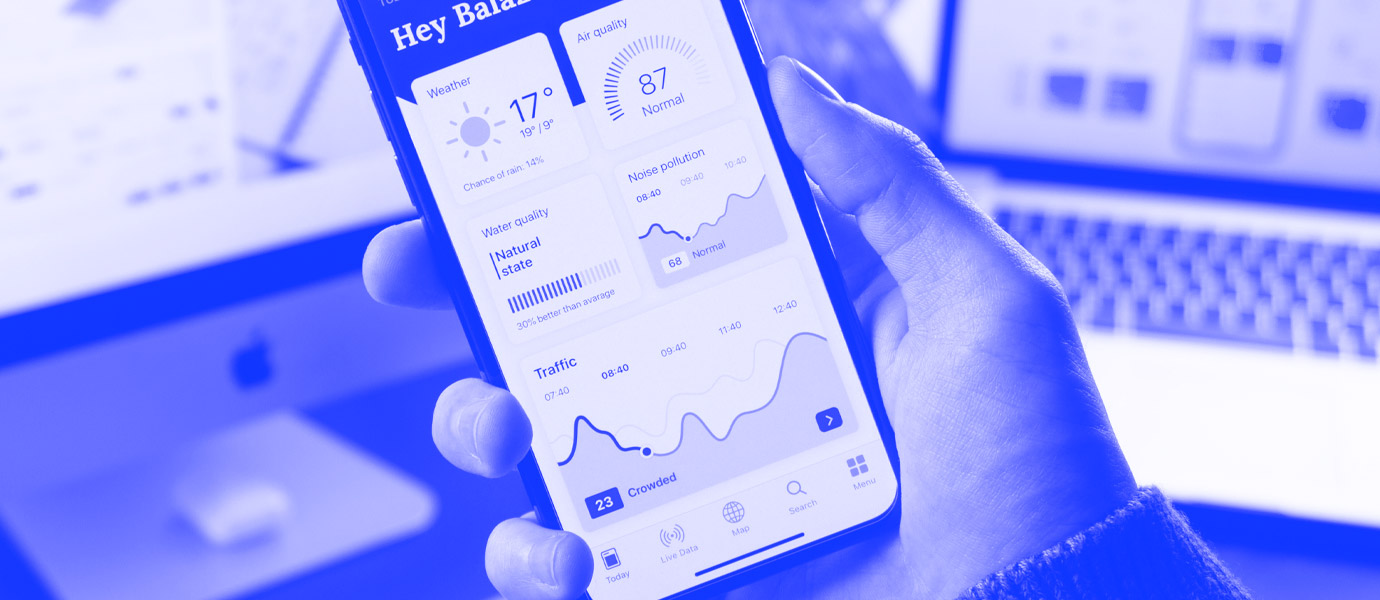Last week we gave you a sneak peek into digital product design and development. Now we’re going to show you exactly how it’s done.
This guide is specifically for saas startups or digital enterprises who need tailored design, marketing and technology. As we mentioned in last week’s blog, this process is becoming increasingly nonlinear and you’re about to see what we mean. Feel free to hop between chapters and take what you need from each. But before we launch into this comprehensive guide, there are a few key questions you need to ask yourself…
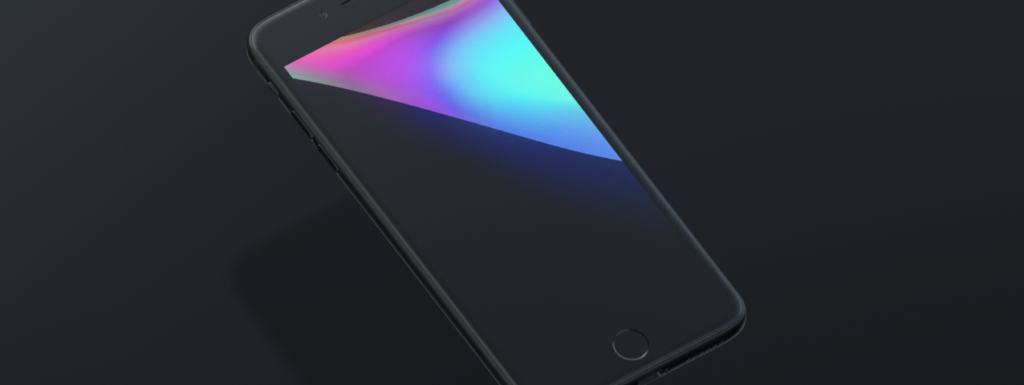
Mobile or Desktop?
A lot of clients come to us saying they want to build a mobile app. And we say, why? For instance, would a 50-year-old really want to list their house for sale on a mobile phone? Is this really the right technology for your idea? The benefits of starting with a web application are huge and far reaching. You build infrastruc ture that can be replicated across multiple platforms, including mobile. It’s also cheaper to prove your product or models idea. Depending on the way you build your web application, you can ‘wrap’ your product into a hybrid mobile app for both iOS and Android, without having to develop two seperate native apps. Of course, this solution doesn’t fit everybody, but your digital team will help you find the right solution for your idea.
Is your business futureproof?
Future-proof your business through technology. If you’ve got a service-based business, you’re going to need the technology to save you money in the present and make sure you’re still relevant in the future. For example, we supplied an accounting business with the technology to save $500,000 in labour per year, allowing them to cut huge costs and stay relevant in the digital age whilst scaling up their business.
With that out of the way, here’s your complete guide to product design and development…
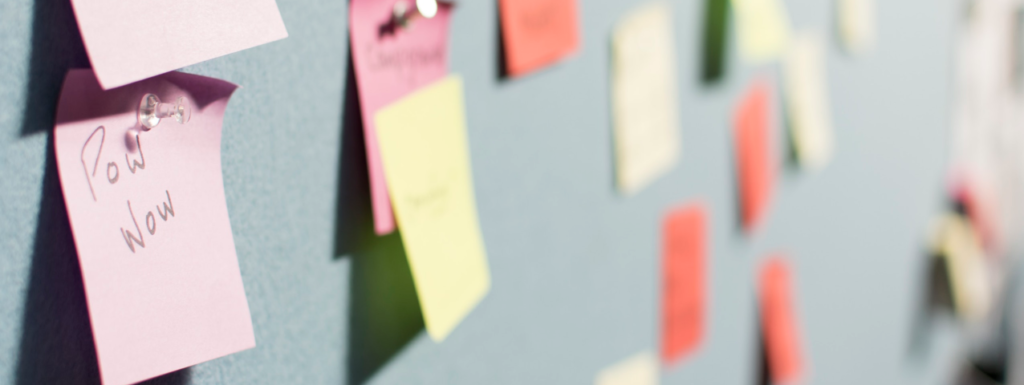
I. Research and ideation
Workshops
Workshops will play an integral part of your product design and development, starting with ideation and moving on to design sprints later down the track. Workshops such as Sprintspace™ are designed specifically to condense months of work into just a few days, providing a rapid way to get your product up and running. It allows your team to come up with a working model of your product and do some preliminary tests of its functionality and cost viability. In your initial workshop, you’ll also create an agenda and timeframe and make sure everyone in your team is aware of their roles.
Agile
While we’ve laid out product design and development in a rough series of steps, Agile software development give you the flexibility to go back and forth between each stage, rather than completing each step discretely and moving on. In doing so, you’ll minimise problems with your product as you progress further with its development. Agile also ensures you’ve got close cooperation between your teams for a cohesive workflow.
Research
Research might form part of your initial workshop or be a standalone step in the building of your digital product. Start your research with a study of similar products, a competitor analysis and comparative audits. Learn from what they do well but also study where their products leave a gap in the market. Next, do thorough study of your target market, studying their psychology, buying habits, their wants and needs. Further to this, surveys and interviews with real people allow you to assess what people really think of your product and what they would realistically pay for it. The information you gather can also be used to towards your business and revenue models.
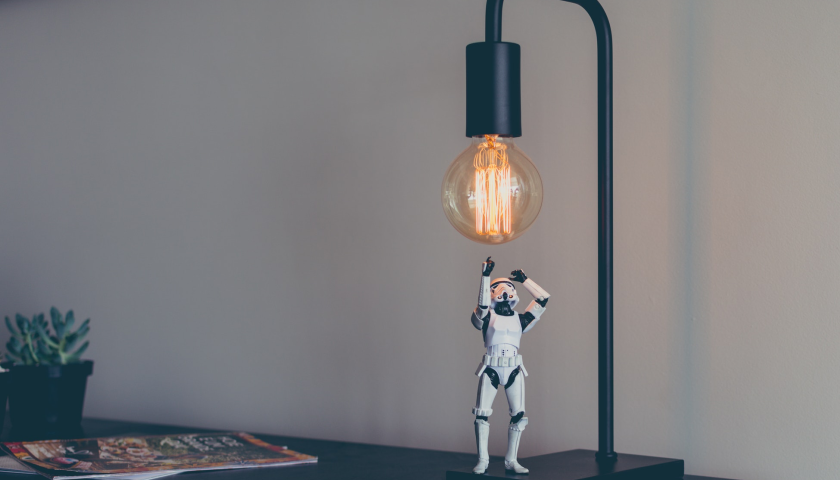
Proof of concept
Again, validation may form part of your initial workshops or you may opt for a proof of concept as a standalone service. Proof of concept is quickly becoming an integral part of product design and development, as more and more entrepreneurs and enterprises start catching on to how many startups actually fail. With a proof of concept, you take some of the step already described, such as research and cost analysis, to evaluate whether your sparkly idea will actually make you money.
Initial wireframes
Now that you’ve undergone your initial workshops and validated your idea with a proof of concept, you’ll have some initial wireframes of your product to get an idea for its look and feel. Although design and development haven’t properly started yet, these wireframes will allow for some preliminary usability testing with your research group. It’ll also help you identify the key features of your product before we jump into the UX and design stage.
Research and Ideation Checklist
— Kickstart your project with a Sprintspace workshop
— Validate your idea with a proof of concept
— Implement Agile processes
— Integrate your teams for smooth cooperation
— Produce wireframes and trial testing
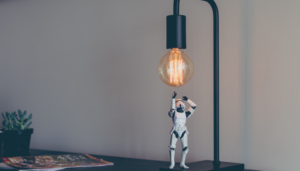

II. Design and Development
Information architecture
Information architecture is part of the design stage where you lay out the structure of your product, organise and label everything. It requires your UX designers pay close attention to the product’s functionality and usefulness, so that the basic framework itself is optimised for usability.
Design Exploration
It’s time now to go deeper into your customer experience and their journey to produce a design that your buyers will love. Your team will produce wireframes using software and tools such as Sketch, InVision, Axure, Principal, Flinto, and Framer. During this stage, you’ll try to anticipate potential problems and get your UX designers on board to further hone your product’s appearance and usability.
UX
UX has already played a key role in building your product, but let’s take a closer look at this feature and how it comes into play during your product’s design and architecture. UX is all about how humans interact with computers, and is geared towards not just usability, but the accessibility of—and pleasure associated with—using your product. With UX design, you get a title page, an introduction to the features, wireframes and a version history as your main deliverables.
Sprints
Design sprints will come in handy during your product design architecture, helping you fast-track the design of each component or even solve problems you’ve encountered along the way. Typically conducted over five days, you’ll start by identifying the main focus or question to be answered during your sprint. Then you’ll lay out a series of possible solutions and choose the best one to formulate a testable hypothesis. Finally, after rapidly producing a prototype, you’ll test and assess your idea with a real group of people.
Development
As described above with the mobile and web app example, development should be tailored specifically to your product. While a lot of development teams will slap a website or platform together, what you should really do is find a team who will provide the right technology solutions for your product. For example, while a wordpress site is sufficient to serve a simple business, a digital product or saas might require more complex javascript frameworks. Your product might need specific server architecture to make sure it never goes offline, or technology for data backups and security. At The Natives, we make it our mission to provide technology solutions that are right for your business.
Design and Development Checklist:
— Produce a prototype using tools such as Real Pixels
— Ensure smooth cooperation between UX designers and developers
— Include all integrations like databases and calendars
— Assess your Key Performance Indicators (KPIs) and stay on track with your vision
— Innovate, Build and Scale each product feature using design sprints

III. Launch
Pre-Launch
So your product is nearing the end of its development. It’s operable and looking great. It’s now time to test it one last time with a dedicated user group. This is your opportunity to gather feedback and make tweaks before going to market. As long as you’ve been using Agile design and development, you shouldn’t have any huge problems with your product at this stage, but you may have to do some fine-tuning. Pre-launch is an often overlooked but hugely important step in digital product design and development. Like a proof of concept, it gives you some reassurance that the money you’re about to spend will come back to you.
Launch
Congratulations, you and your dedicated team of digital experts have designed and built your product. But your journey together is not over yet. Your product needs to be monitored closely during the initial period after launch, as this is still very much a testing phase. You’ll use tracking tools to monitor your product’s use, as well as who, when and where it’s purchased. Together with a design, marketing and technology agency like The Natives, you’ll continue your product management after launch, and ensure it stays on target and relevant while your business grows.
Launch Checklist:
— Prelaunch and test with real users
— Fine tune your product
— Launch with a dedicated digital marketing team
— Use tracking tools to analyse your market
